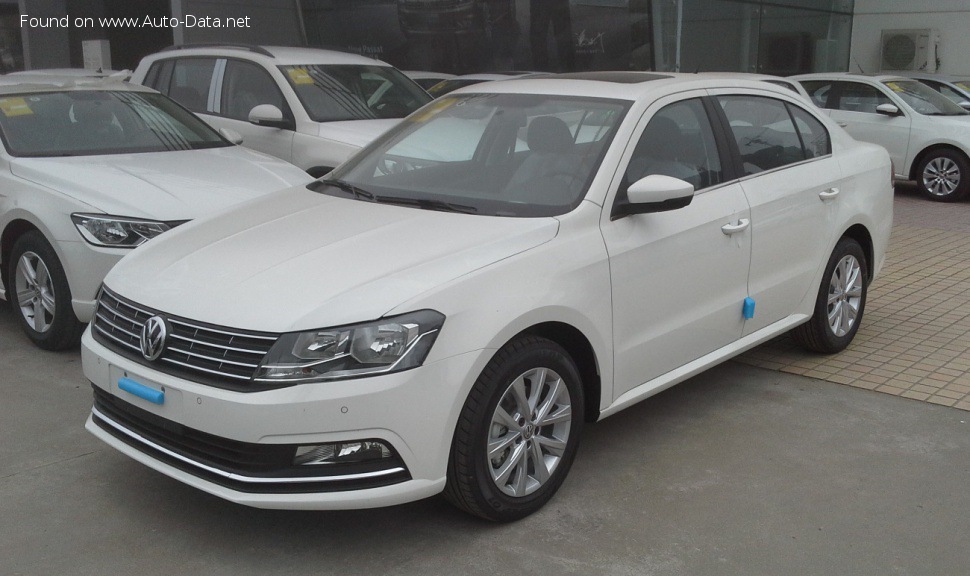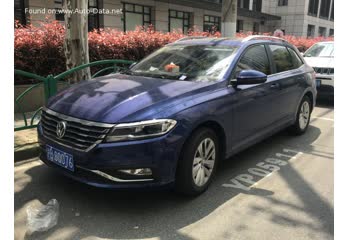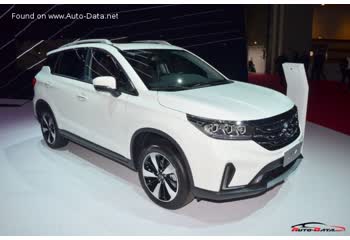Everything you need to know about specifications and performance - Volkswagen Lavida 2015 - 230 TSI (131 Hp)

Overview:
What is the engine capacity of a Volkswagen Lavida 2015?
The engine capacity of the Volkswagen Lavida 2015 is 1395 cm.
Volkswagen Lavida 2015 How many horsepower?
The engine power of the Volkswagen Lavida 2015 is 131 Hp @ 5000 rpm..
How much gasoline does a Volkswagen Lavida 2015 consume?
The Volkswagen Lavida 2015 consumes 4.8 liters of gasoline per 100 km
General:
Brand: Volkswagen
Model: Lavida
Generation: Lavida II (facelift 2015)
Modification (Engine): 230 TSI (131 Hp)
Start of production: 2015
End of production: 2018
Powertrain Architecture: Internal Combustion Engine
Body type:Sedan
Seats: 5
Doors: 4
Engine:
Power: 131 hp @ 5000 rpm.
Power per litre: 93.9 hp/l
Torque: 225 nm @ 1400-3500 rpm.
Engine displacement: 1395 cm
Number of cylinders: 4
Engine configuration: Inline
Number of valves per cylinder: 4
Fuel injection system: Direct injection
Engine aspiration: Turbocharger, Intercooler
Engine oil capacity: 4 l
Engine layout: Front, Transverse
Performance:
Fuel Type: Petrol (Gasoline)
Fuel consumption (economy) - combined: 4.8 l/100 km
Emission standard: China V
Acceleration 0 - 100 km/h: 9.3 sec
Acceleration 0 - 62 mph: 9.3 sec
Maximum speed: 200 km/h
Weight-to-power ratio: 9.7 kg/Hp, 103.1 Hp/tonne
Weight-to-torque ratio: 5.6 kg/Nm, 177.2 Nm/tonne
Acceleration 0 - 60 mph: 8.8 sec
Space:
Kerb Weight: 1270 kg
Trunk (boot) space - minimum: 478 l
Fuel tank capacity: 55 l
dimensions:
Powertrain, Suspension and Brakes:
Drivetrain Architecture: The Internal combustion Engine (ICE) drives the front wheels of the vehicle.
Drive wheel: Front wheel drive
Number of gears and type of gearbox: 5 gears, manual transmission
Front brakes: Ventilated discs
Rear brakes: Disc
Assisting systems: ABS (Anti-lock braking system)
Steering type: Steering rack and pinion
Tires size: 205/55 R16
Wheel rims size: 16
Front suspension: Independent type McPherson
Rear suspension: Semi-independent, coil Spring
See also

Last generation.
Its production began in 2018 until 2019

Other generation.
Its production began in 2019 until 2019

Same production year and almost the same engine capacity.
Its production began in 2015 until Now

Same production year and almost the same engine capacity.
Its production began in 2015 until 2017
Write a comment